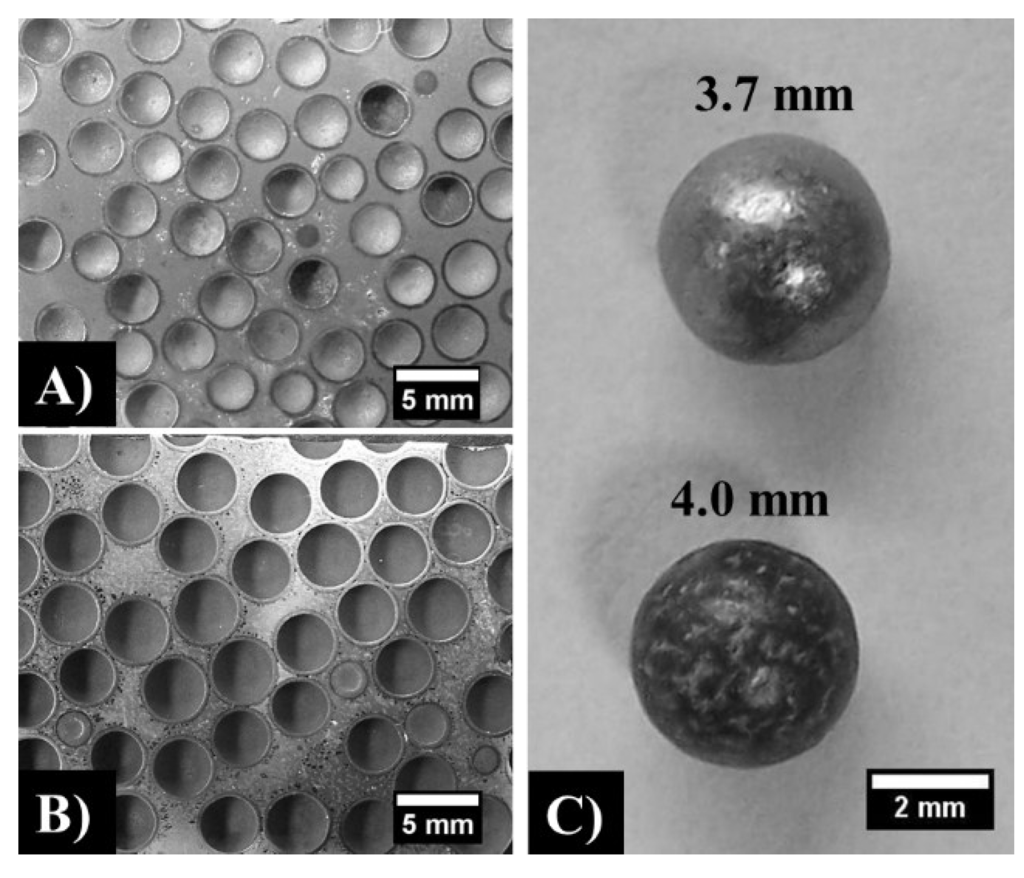Kamon Vondiranach
The White

OUT OF CHARACTER INFORMATION
- Intent: To create a strong, lightweight ship armor.
- Image Source: http://www.mdpi.com/2075-4701/5/2/822/htm
- Canon Link: None
- Restricted Missions: None
- Primary Source:
PRODUCTION INFORMATION
- Manufacturer: Ignus Industries
- Model: Lightweight Composite Armor (LCA)
- Affiliation: The Sith Ascendancy, The Reformation, Ignus Industries, Ignus Black, Approved Buyers
- Modularity: No
- Production: Mass
- Material: Alusteel-Neutronium Composite Metal Foam, Boron Carbide, Ceramisteel, Myoflex
- Composite armor made of lightweight materials.
Composite metal foam is created by putting many hollow metal spheres, in this case alusteel, into a form and then filling the air space between the spheres with another metal, in this case neutronium impregnated alusteel. The result is an extremely tough, but slightly flexible "foam." When sandwiched with a surface of Boron Carbdie ceramic (with myoflex between), and backed by ceramisteel (again with myoflex between it and the foam), a lightweight armor is formed that doesn't need to have massive thickness to generate usability, making it applicable for ships of all sizes.
Strengths:
- Armor is capable of lessening the damage caused by incoming ion, laser, and kinetic fire (enemy weapon is 80% effective of the damage done normally)*
- Armor is capable of lessening the damage caused by incoming missile and torpedo weapons (enemy weapon is 65% effective of the damage done normally)*
- Armor is capable of lessening the damage caused by incoming mass driver type weapons (enemy weapon is 55% effective of the damage done normally)*
- Radiation resistant.
- Repairs are not easy to do and often require docking at a repair yard. Sections must be cut out around damage and new sections made to fit in order to be installed where the old sections were.
- Repeated hits to the same section of armor will cause collapse of the metal foam and rupture of the armor.
- Requires extensive interior framing to keep the flex of the foam from tearing the ship apart in maneuvers, reducing cargo capacity, as well as reducing hangar size by a minimum of one gradation (if it was low before this is applied it becomes Very Low).
- The armor has a high level of flex which causes drag when turning (maneuverability penalty).
Ignus Industries has already created its own composite armor in the form of its Cellulitic Dispersion Armor, which is excellent for larger vessels but is extremely heavy and reduces a ships speed and maneuverability as a result. The scientists behind the creation of that armor didn't stop with their initial discovery, but pressed onward to find something just as good, or better, than what they originally created. The end result was dubbed LCA. A sandwich of three layers, with the composite metal foam in the center, it's not nearly as thick as the CDA, but provides greater stopping ability, especially against projectile weaponry. It's also excellent at protecting those within a ship from solar radiation. Where it suffers, like its predecessor, is in repairs. LCA has a tendency to become dented and "pock marked" when hit with projectiles, which causes stress on the system, and getting hit again in such a spot will have greater impact than otherwise. Repairs are time consuming and often require the ship be placed in dry dock. The armor, while effective against radiation, is not effective at stopping scanners. Additionally, because of the foams flex capabilities, ships using this armor have a slight reduction in maneuverability. Regardless, because the armor isn't as thick, and requires less layers, it has better capability than CDA armor.
*Note: The armor is only effective at this rate until it's been hit. Once a particular armor location has been hit, it's ability to reduce the effectiveness of a second hit in the same location drops to zero.








